India is witnessing a transformative shift in its logistics ecosystem. Union Minister for Road Transport and Highways, Nitin Gadkari, recently announced a landmark achievement at Fest 2025 — the country’s logistics costs have been brought down from 16% to 10% of GDP. This milestone isn't just a statistical triumph; it signals a new era of economic efficiency, competitiveness, and infrastructural advancement for India.
Massive Reduction in Logistics Cost
Gadkari credited the substantial decline in logistics expenses to a multi-faceted strategy that includes:
Development of expressways and economic corridors
Digital tolling systems
Promotion of green fuels
Multimodal connectivity under PM Gati Shakti Yojana
These reforms are not only reshaping India’s infrastructure but also enhancing operational efficiency across transportation modes. According to Gadkari, port turnaround times have decreased by 45%, and transportation expenses have dropped by 25% — key indicators of streamlined logistics and faster freight movement.
Empowering MSMEs and Boosting Exports
“For our MSMEs, who now face fewer obstacles to international competition, this is particularly revolutionary,” Gadkari stated. The lowered logistics burden translates directly into cost savings, making Indian products more competitive globally. Small businesses and exporters are now better equipped to thrive, thanks to improved delivery schedules, reduced fuel costs, and smoother cross-border trade logistics.
Infrastructure Backed by Smart Connectivity
Elaborating on the importance of multimodal connectivity, Gadkari revealed ongoing efforts to integrate national highways with port infrastructures. New logistics hubs in Jogighopa (Assam), Nagpur (Maharashtra), and Katra (Jammu & Kashmir) are under construction as part of the PM Gati Shakti Yojana. These hubs aim to enhance coordination between rail, road, and sea transport, drastically reducing cargo handling times and improving freight throughput.
Faster, Smarter Travel Between Key Cities
The logistics revolution isn’t confined to cargo. By December 2025, travel times from Delhi to Dehradun, Jaipur, Chandigarh, and Katra are expected to reduce significantly due to high-speed expressways. “These are not just roads. They are economic arteries that will carry the lifeblood of trade and development across the nation,” Gadkari emphasized.
India’s Rise in Global Automobile Ranking
Highlighting another facet of India’s industrial growth, Gadkari pointed out the nation's ascent in the global automobile sector. Now valued at ₹22 lakh crore, the Indian automobile industry ranks third globally, just behind the US and China — a testament to the role of improved logistics in supporting manufacturing and exports.
India’s logistics transformation is more than a policy success; it’s a structural evolution that promises lasting benefits for every stakeholder in the supply chain. With reduced costs, improved infrastructure, and integrated connectivity, India is well on its way to becoming a global trade powerhouse.





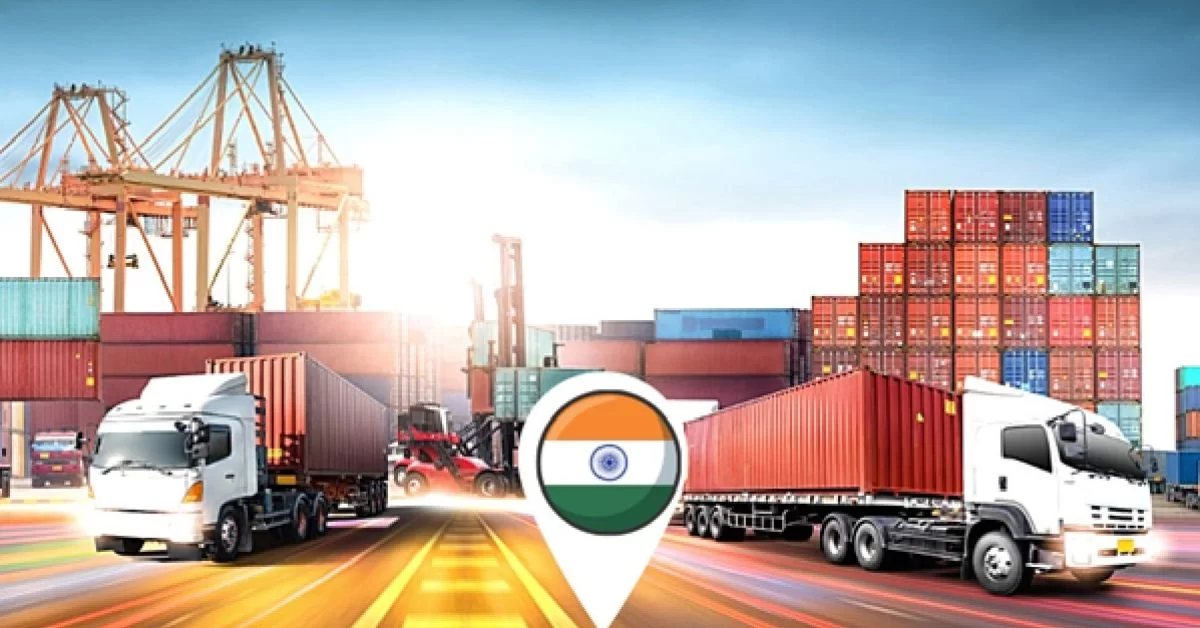 >
>
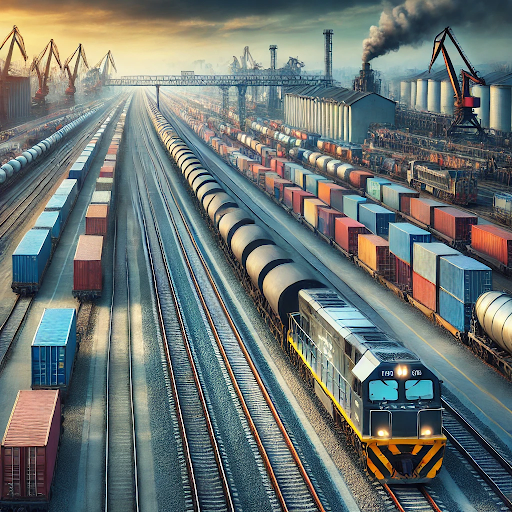

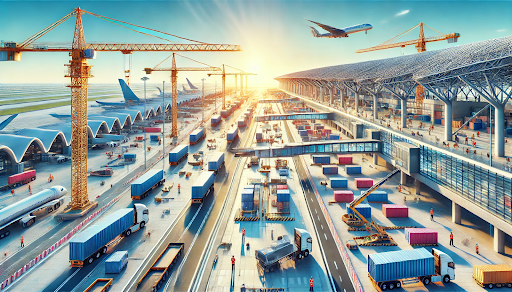

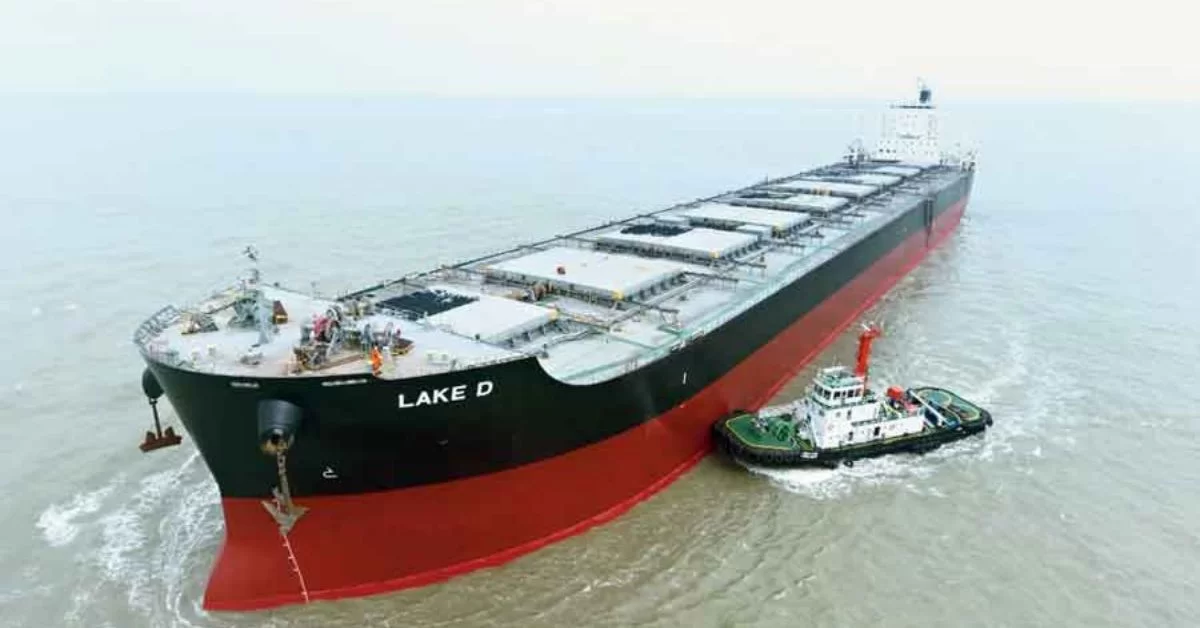
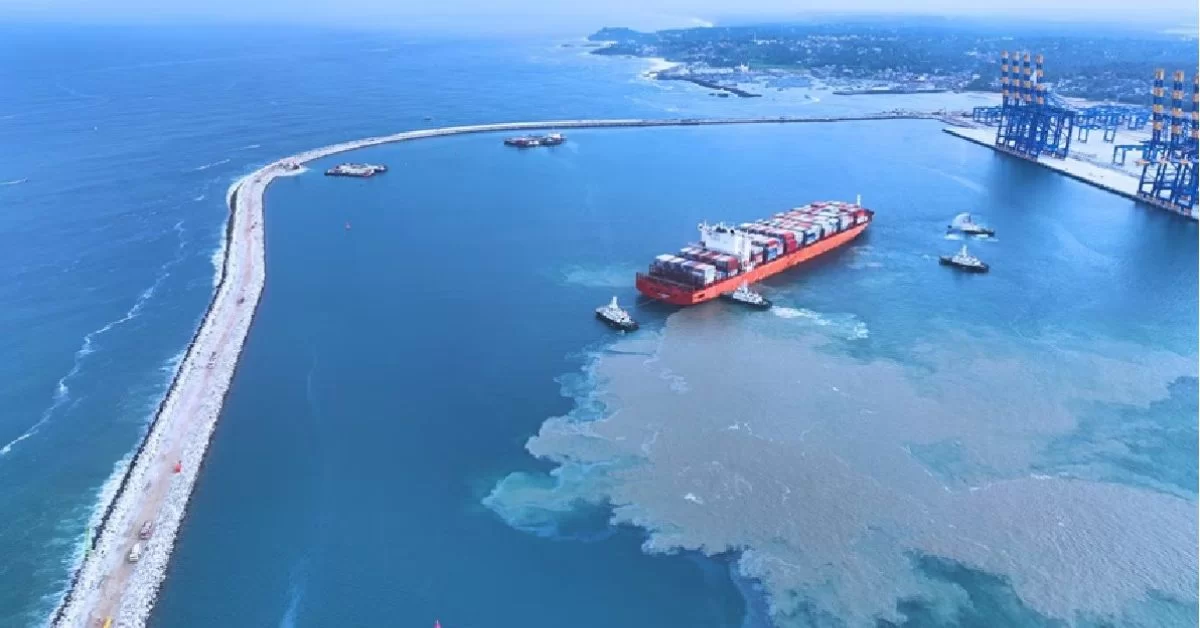
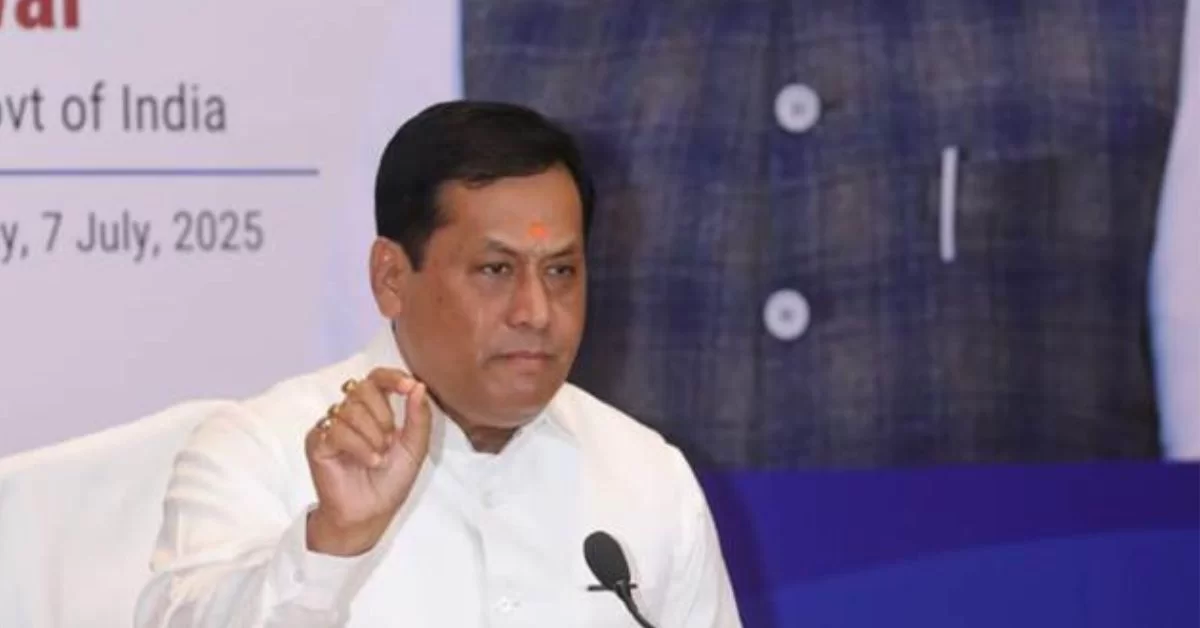
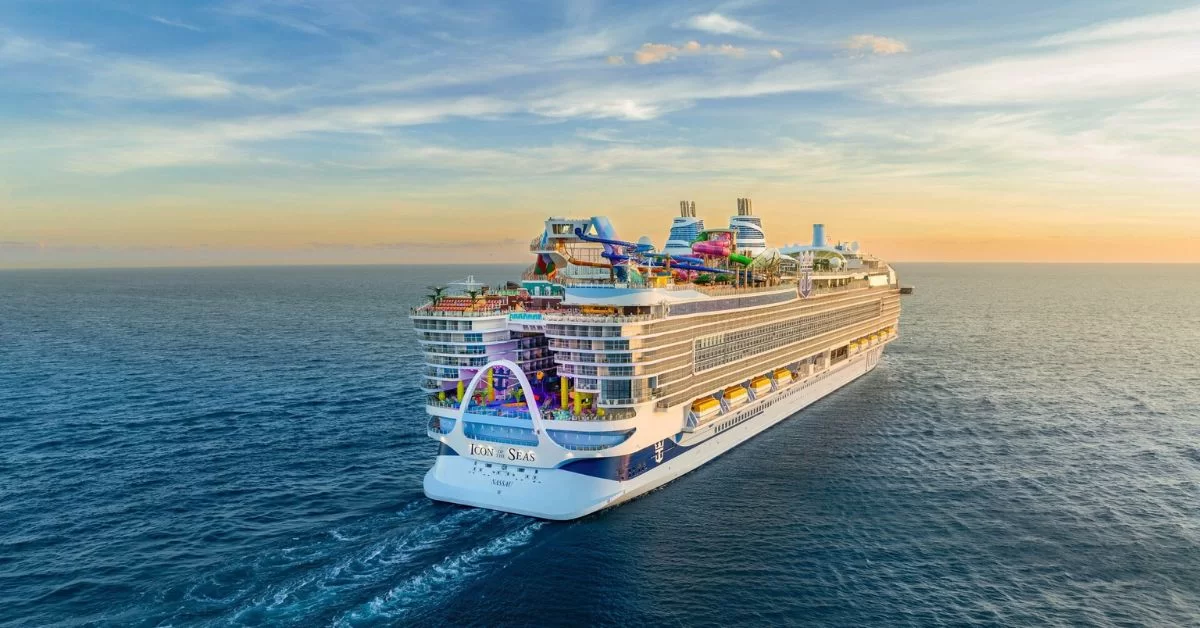




 Business Care Solutions
Business Care Solutions